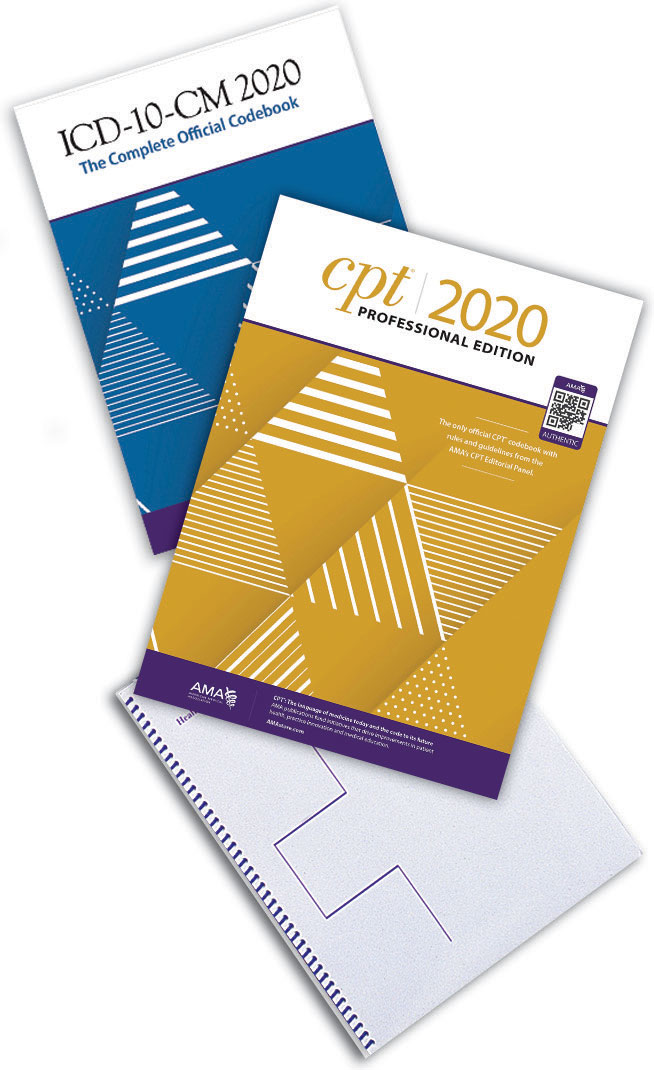 |
Q: I just saw the Advance Beneficiary Notice of Noncoverage forms being used in my office have a 3/2020 expiration. Am I going to have to give back the money I collected for the noncovered charges since then?
A: If you executed the forms properly, you should be fine to use the “older” version of the ABN form. Specific CMS forms have to get approval periodically before they can be presented for official use. Forms that aren’t re-approved in a timely fashion mean that use continues until retirement or replacement. Since there was no updated version to use, your use of the 03/2020 version is fine and considered a valid notice until a new version is made available.
Q: Is there a newer version of the ABN? How will I know I am using the newest version?
A: Yes. While there was a significant delay in approval of the new version, it’s available for use now. Importantly, you can use either the old or new version until the “mandatory use” date for the new version arrives. Use of an older version after this date could make the notice invalid and you might be forced to give the patient his money back.
The original date for mandatory use of the new version was August 31, 2020, but that was pushed back to January 1, 2021 due to COVID-19. CMS noted the following in boldface type on their ABN Fee-for-Service website page (https://www.cms.gov/Medicare/Medicare-General-Information/BNI/ABN):
“The ABN, Form CMS-R-131, and instructions have been approved by the Office of Management and Budget (OMB) for renewal. Due to COVID-19 concerns, CMS has expanded the deadline for use of the renewed ABN, Form CMS-R-131 (exp. 6/30/2023). At this time, the renewed ABN will be mandatory for use on 1/1/2021. The renewed form may be implemented prior to the mandatory deadline. The ABN form and instructions may be found in the download section.”
At the bottom of the most recent version of the form, you will see this: “Exp. 06/30/2023.” Any other date might make use invalid.
Q: What’s different about the new ABN?
A: The government has long operated under the dictates of the Paperwork Reduction Act of 1995. That’s partly why forms must be reviewed periodically. The form itself didn’t change, except that in some cases you will have to change the “Option 1” area, and there is a new date version in the form’s footer. In the new ABN version “Instructions for Use” document (https://www.cms.gov/Medicare/Medicare-General-Information/BNI/Downloads/ABN-Form-Instructions.pdf), it notes the single change as follows: “… guidelines for Dual Eligible (Medicare/Medicaid) beneficiaries have been added to the ABN form instructions.” In the official instructions on page 5, it notes:
“Special guidance for people who are dually enrolled in both Medicare and Medicaid, also known as dually eligible individuals (has a Qualified Medicare Beneficiary [QMB]Program and/or Medicaid coverage) ONLY:
Dually Eligible beneficiaries must be instructed to check Option Box 1 on the ABN in order for a claim to be submitted for Medicare adjudication.”
Q: If the beneficiary isn’t dual-eligible, it sounds like the only real change is the date?
A: Yes, the remainder of the guidance on filling in the boxes for regular Part B beneficiaries is unchanged. The guidelines for when to issue the ABN (or not) is the same. Remember that the ABN itself is an official form for Medicare Part B and isn’t for use with Medicare Advantage or Part C Medicare. Check with those plans for specifics.
Q: Other than telling the dual-eligibles they can only mark Option Box 1, is there anything else I need to know?
A: Yes, and it’s an important change: Medicare asks you to strike through some of the words in Option Box 1 if the beneficiary is Dual-eligible. In the Instructions, they show this:
“Strike through Option Box 1 as provided below: OPTION 1. I want the (D) listed above. You may ask to be paid now, but I also want Medicare billed for an official decision on payment, which is sent to me on a Medicare Summary Notice (MSN). I understand that if Medicare doesn’t pay, I am responsible for payment, but I can appeal to Medicare by following the directions on the MSN.”
They also go on to state:
“These edits are required because the provider cannot bill the dual-eligible beneficiary when the ABN is furnished. Providers must refrain from billing the beneficiary pending adjudication by both Medicare and Medicaid in light of federal law affecting coverage and billing of dual-eligible beneficiaries.”
Medicare also reviews the other considerations related only to dual-eligible beneficiaries and how those claims are processed. Perhaps most important for this specific group of beneficiaries, the instructions also note when it’s acceptable to charge and collect from the beneficiary in advance and when it’s not. REVIEW
Mr. Larson is a senior consultant at the Corcoran Consulting Group and is based in Tucson, Arizona. He can be reached at plarson@corcoranccg.com.




